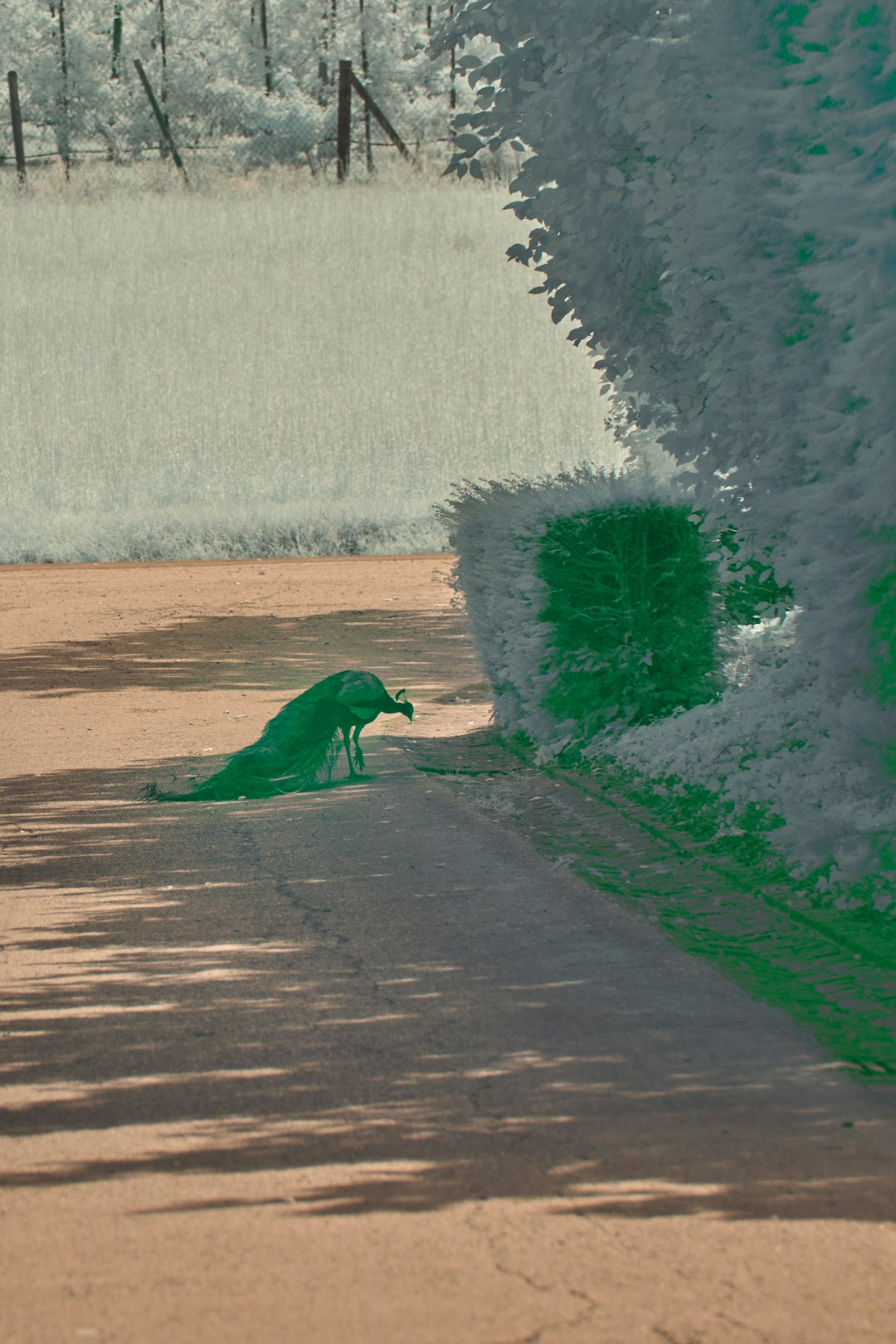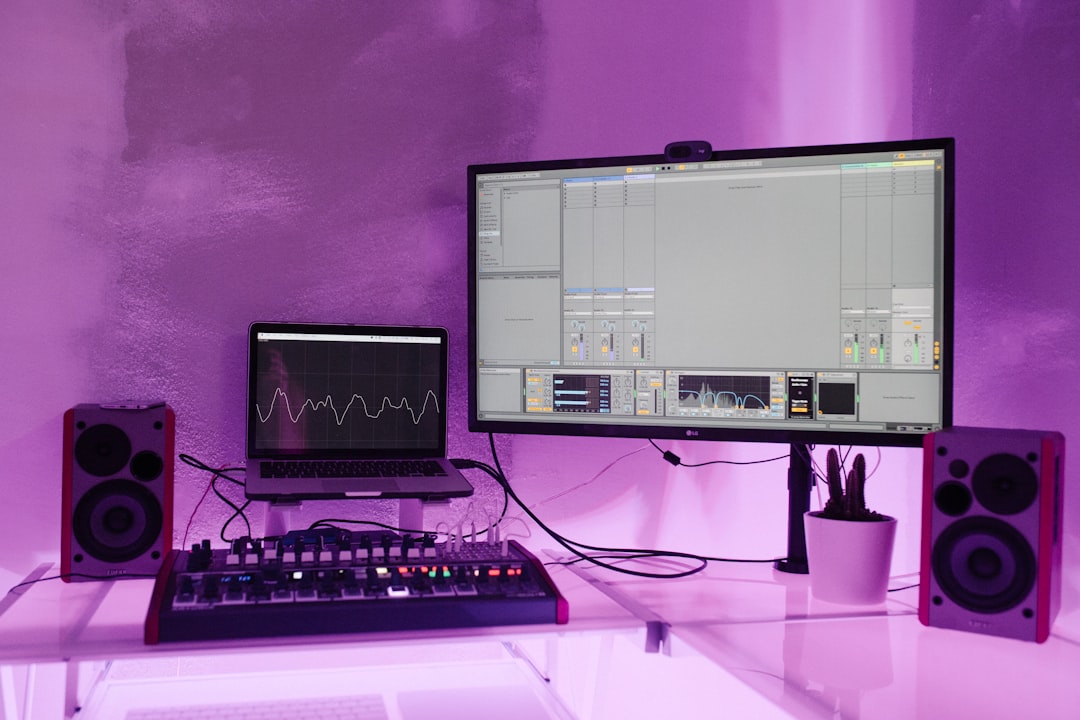Artificial Intelligence is revolutionizing the creative landscape, giving people with little to no experience in video creation the ability to produce visually stunning content. One of the most exciting breakthroughs in this space is the ability to convert MidJourney images into compelling videos. Whether you’re a beginner content creator, a brand storyteller, or a social media manager, there are now intuitive workflows that make it easier than ever to transform AI-generated art into professional-looking motion visuals—without touching complex video editing software.
In this article, we’ll explore the Top 5 MidJourney to Video workflows specifically designed for creators with no editing experience. We’ll look at tools, step-by-step guides, and tips to make your visuals pop while saving time and effort.
1. Storyboard Animation with Runway ML
Runway ML is a powerful, AI-driven video editor that offers a suite of no-code tools perfect for beginners. By leveraging MidJourney to design your storyboards or still frames, you can animate these images using Runway’s motion brush and video-to-video features.
How This Workflow Works:
- Generate your MidJourney images with consistent themes.
- Upload them to Runway ML’s interface.
- Use the Motion Brush to highlight areas you want to animate (e.g., clouds, water, clothing).
- Run the animation module and export your video with realistic motion effects.
This is one of the best options for creators who want to simulate cinematography without filming anything or learning After Effects.
Pros:
- Minimal learning curve.
- No manual keyframing required.
- Direct export to social media-friendly formats.
Limitations:
- Limited free usage on the platform.
- Results may vary based on image complexity.

2. Text-to-Video Transformation with Pika Labs
Pika Labs is another revolutionary no-code platform that converts images to videos through AI-generated transitions. If your MidJourney visuals depict scenes, you can easily transition from one static frame to another with cinematic effects.
Steps:
- Create multiple images in MidJourney that represent key moments or scenes.
- Import them into Pika Labs.
- Use natural language to describe how the scenes should transition or animate (e.g., “slow pan to the left with dramatic lighting”).
- Render the video through the AI interface and download.
This is ideal for visually rich short stories, scene showcases, or mood boards converted into videos.
Pros:
- Very beginner-friendly UI.
- Text-driven transitions make it intuitive.
Limitations:
- Limited transition types.
- Occasional artifacts in generated animations.
3. Image Sequencing & AI Animation with CapCut
Many creators overlook simple apps like CapCut, which now support AI Effects and automatic timing features. While initially a basic mobile video editor, CapCut has grown into a content powerhouse, especially when used with MidJourney art.
Workflow:
- Save a sequence of MidJourney images that tell a visual story.
- Import them into CapCut in order.
- Apply transitions and AI-driven Zoom/Pan effects.
- Add music, captions, and export in HD.
CapCut also supports TikTok templates that are optimized for reach and engagement.
Pros:
- Free and mobile-friendly.
- Integrated with TikTok for fast publishing.
- Surprisingly powerful for a mobile app.
Cons:
- Manual adjustments may be necessary.
- Limited layering options compared to web platforms.

4. Ken Burns-Style Showcases with Canva
Canva, known for its graphic design simplicity, has introduced intuitive animation tools for slides and media elements. This makes it an excellent option for creators who want to turn a MidJourney gallery into an emotionally engaging slideshow-style video.
The Process:
- Generate a collection of MidJourney visuals around a theme (e.g., “Ancient Forest”, “Cyberpunk Future”).
- Drop them into a Canva presentation or video template.
- Add slide transitions, zoom in/out animation, and background music.
- Export as MP4 or GIF for posts or email campaigns.
This method is perfect for social media campaigns or mood video reels.
Pros:
- Zero technical skills required.
- Large template library and music support.
- Works well for storytelling or business marketing.
Limitations:
- Not suited for complex animation.
- Limited motion control.
5. Dynamic Video Creation with Descript
Descript offers a unique angle for MidJourney to video workflows by letting you combine AI-generated visuals with voiceovers and auto-captioned audio. This is an ideal setup for creators who want to explain, narrate, or present their ideas formally without touching any editing timeline.
Steps to Create:
- Generate your visual slides or scenes through MidJourney.
- Create a voiceover script or record your narration directly in Descript.
- Add images and pair them with your narration using transcription-aligned visuals.
- Use Descript’s timeline-free editor to fine-tune flow and transitions, then export.
Descript is perfect for explainer videos, narrated essays, reviews, or educational guides.
Benefits:
- Speech-to-text editing enables pinpoint control.
- Great UI for combining visuals and narration without timelines.
Challenges:
- Free tier has export limits.
- Initial setup can seem complex but is well-guided through tutorials.
Final Thoughts
Now more than ever, AI is enabling a democratization of video creativity. The combination of MidJourney’s stunning image generation and easy-to-use video tools offers unmatched freedom for creative minds, even without traditional editing experience. Whether you want to create a compelling TikTok visual, a short film trailer, or an animated infographic for your business, there’s a workflow that fits your skills and goals.
To recap, here are our top tools for beginner-friendly MidJourney to video workflows:
- Runway ML – For cinematic animation of still images.
- Pika Labs – For storytelling with AI-transitioned scenes.
- CapCut – For mobile-friendly, dynamic sequences.
- Canva – For beautiful animated slideshows and mood reels.
- Descript – For narrated visuals and educational content.
Tip: Try out a few platforms to see which aligns best with your creative style and technical comfort zone. Many offer free tiers, so you won’t risk anything but a few minutes of exploration—and the rewards are worth it.
The future of video creation is here, and you don’t need to be an editor to be a storyteller anymore.
